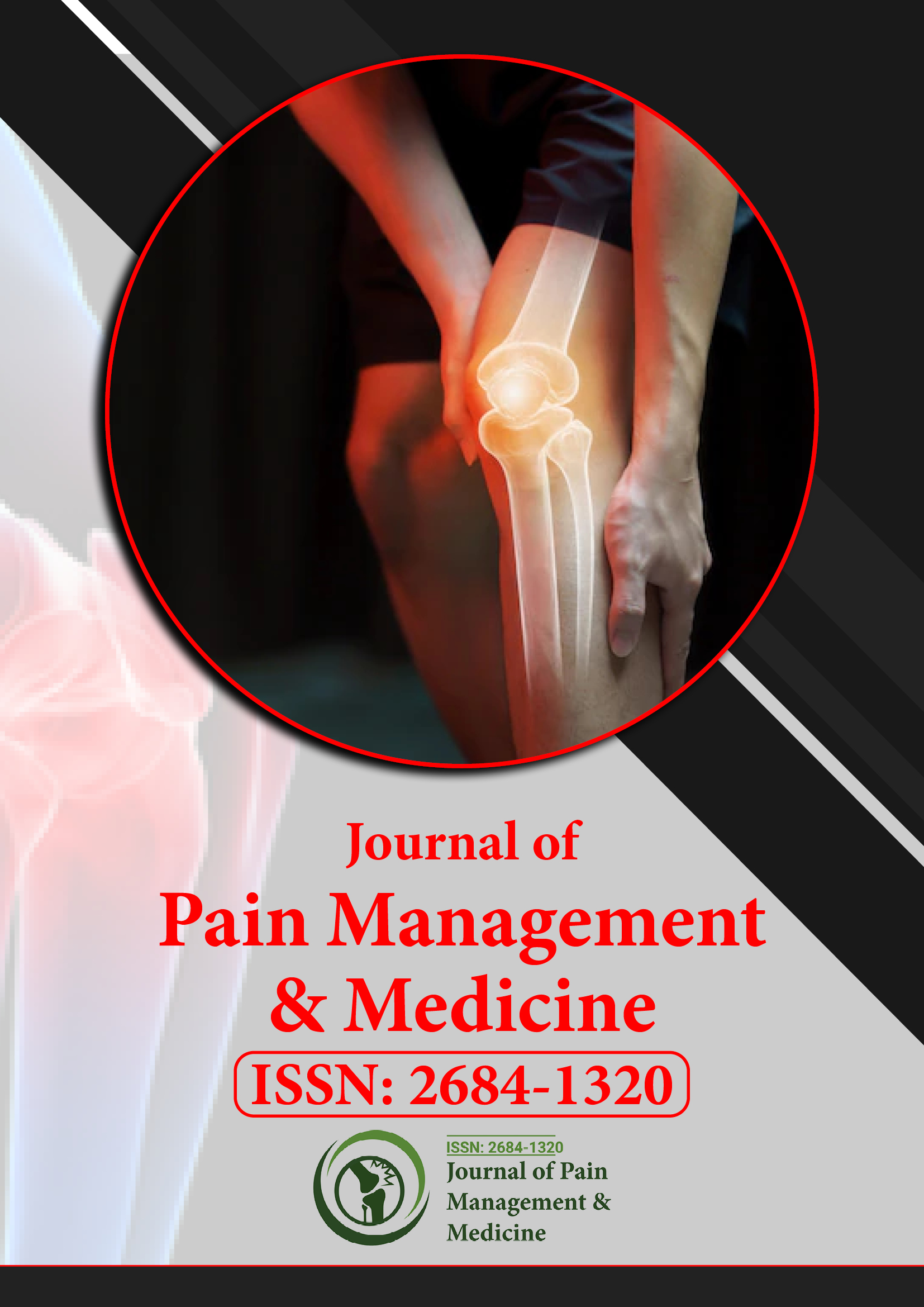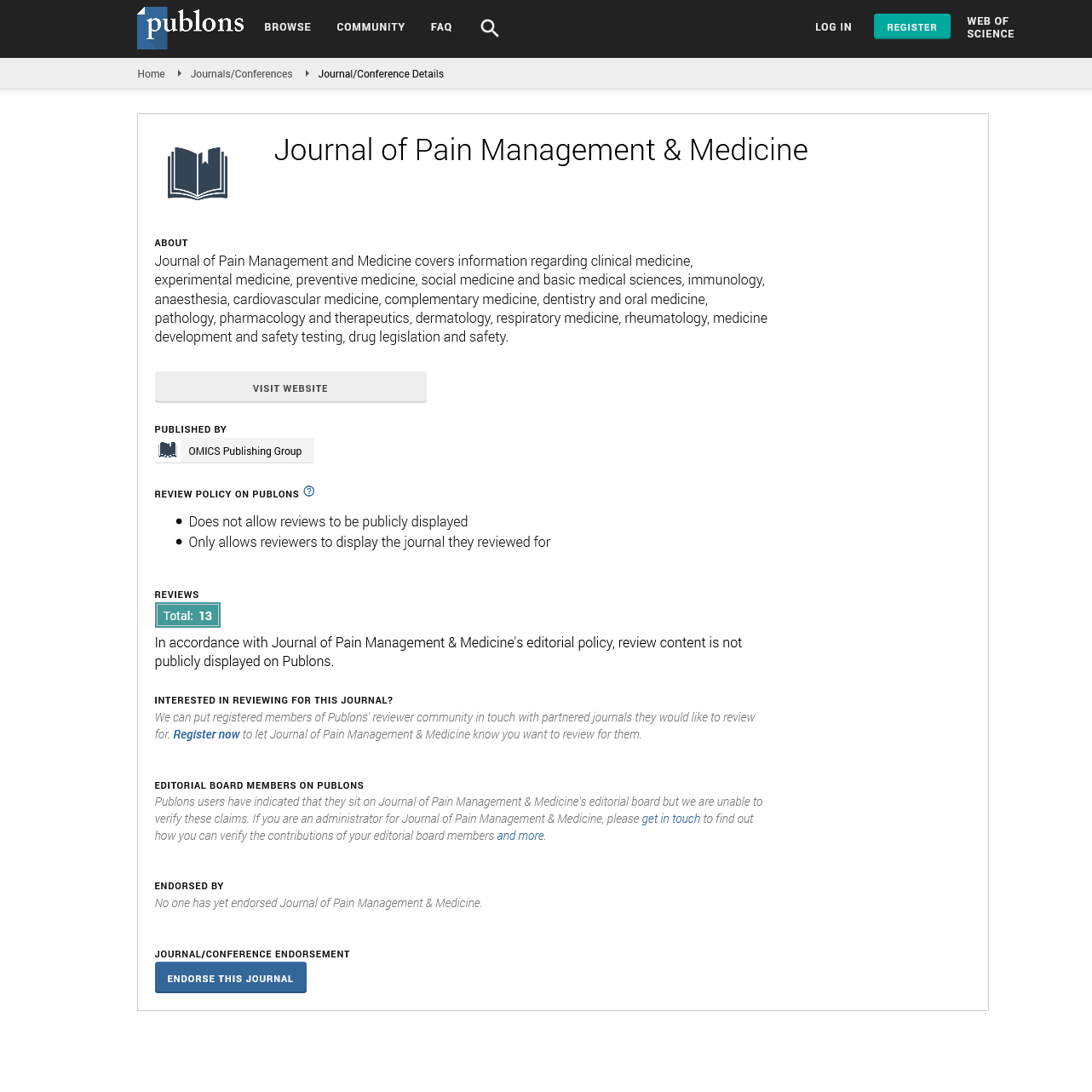Indexed In
- RefSeek
- Hamdard University
- EBSCO A-Z
- Publons
- Euro Pub
- Google Scholar
- Quality Open Access Market
Useful Links
Share This Page
Journal Flyer

Open Access Journals
- Agri and Aquaculture
- Biochemistry
- Bioinformatics & Systems Biology
- Business & Management
- Chemistry
- Clinical Sciences
- Engineering
- Food & Nutrition
- General Science
- Genetics & Molecular Biology
- Immunology & Microbiology
- Medical Sciences
- Neuroscience & Psychology
- Nursing & Health Care
- Pharmaceutical Sciences
Journal Highlights
- Adiposity
- Advancements in Anesthesia
- Anesthesia Case reports
- Anesthesiology
- Arthroscopic Shoulder Surgery
- Cardiovascular Medicine Care
- Chronic Non-malignant Pain (CNMP)
- Clinical Allergy
- Clinical Cytology
- Clinical Dermatology
- Clinical Endocrinology
- Clinical Liver Disease
- Clinical Microbiology
- Clinical Neurosciences
- Clinical Research
- Clinical Sports Medicine
- Clinical Toxicology
- Clinical Transplantation
- Clinical Trial Research
- Clinical death
- Clinical electrophysiology
- Clinical hypertension
- Clinical pharmacology
- Diagnostic Science
- Emerging Infectious Diseases
- Endometrial Biopsy
- Epidemiological Science
- Epidemiology
- Epidural anesthetics
- Episodic Headache
- Failed Back Surgery Syndrome
- Fibromyalgia Chronic Pain
- Forensic medicine
- Gastrointestinal Care
- Genetic science
- Hysterosalpingography
- Infectious disorders
- Inflammatory Pain
- Innovations in Anesthesia
- Intravenous Regional Anesthesia
- Laryngeal Mask Airway
- Medical investigation
- Microdialysis Study
- Muscle Hyperalgesia
- Neglected Tropical Diseases
- Neural science
- Neuropathic Pain
- Noncommunicable Diseases
- OB-GYN
- Oncological care and medicine
- Opioids
- Orofacial Pain
- Orthopedic Surgery
- Pain Catastrophizing
- Pain Management
- Pediatric Surgical Anesthesia
- Psychiatric care and medicine
- Psychological Clinical Science
- Radiating Pain
- Shoulder Surgery
- Spinal Surgery
- Stages of anaesthesia
- Surgery and Anesthesia
- Surgical pain
- Surgical techniques
- Trigeminal Neuralgia
- Tropical Biomedicine
- Tropical Diseases
- Tropical Fish Diseases
- Tropical Fish Medicine
- Tropical Health Nutrition
- Tropical Medicine
- Tropical Medicine Case Reports
- Tropical Medicine Research
- Tropical Medicine and Health
- Tropical Medicine and Hygiene
- Tropical Medicine and Infectious Diseases
- Tropical Medicine and Parasitology
- Tropical Veterinary Medicine
- Urocare
- Vector Borne Diseases
- clinical pathology
Muscle Hyperalgesia
Muscle hyperalgesia occurs when either noxious or ordinarily innocuous stimulation of muscle evokes a state of increased pain sensation.
Hyperalgesia always involves a noxious stimulus, it just becomes more painful when hyperalgesia is present. The noxious stimulus activates nociceptors in the periphery that then send the signal onto the spinal cord. Hyperalgesia involves an amplification of the pain signal. This amplification can occur in the periphery (e.g. the nociceptor is sensitized by an irritant, by inflammation or by disease) or in the spinal cord (via an amplification of synaptic transmission between the nociceptor and the dorsal horn neuron that sends the signal to the brain) or in both locations. There are some cases where the amplification is thought to occur in higher brain centers as well. This can happen, for instance, after a stroke.
Related Journals of Muscle Hyperalgesia
Journal of Pain & Symptom Management, Journal of Pain Management, Journal of Pain & Relief, Journal of Neurological Disorders, Muscle and Nerve, Journal of Muscle Research and Cell Motility, Journal of Smooth Muscle Research, Skeletal Muscle

